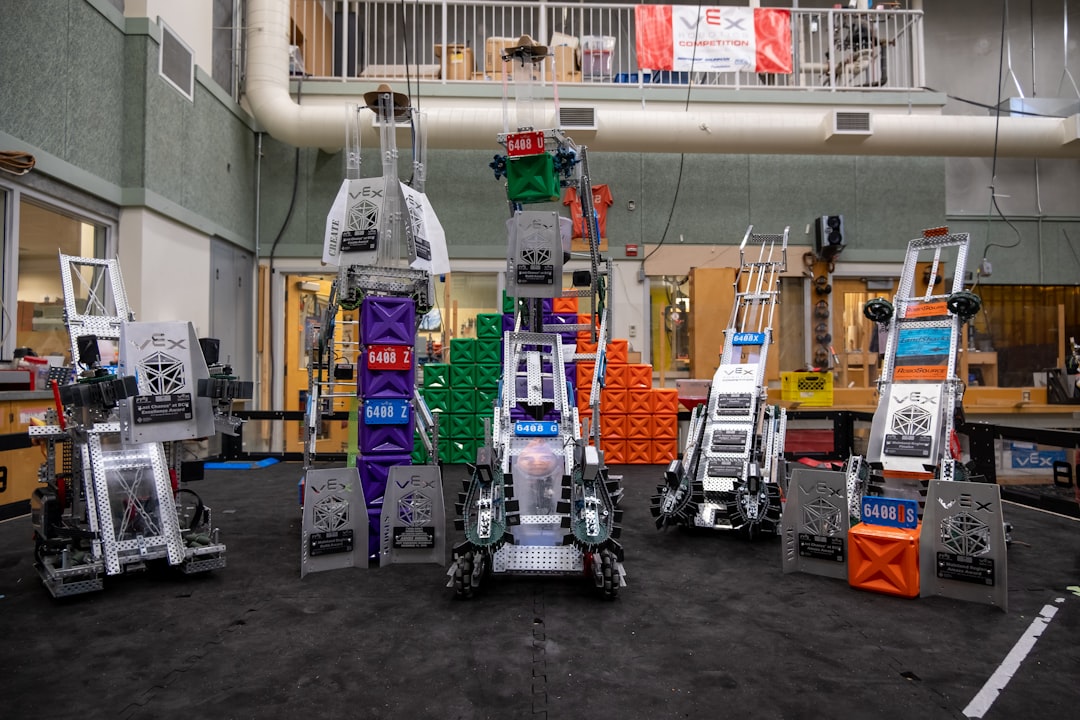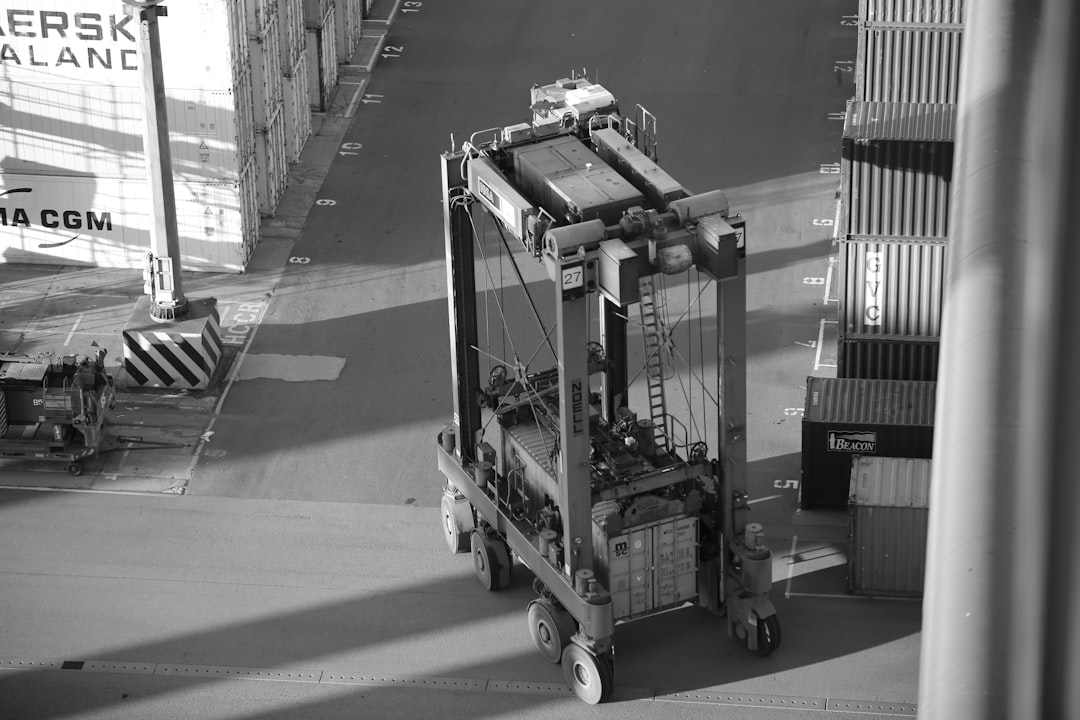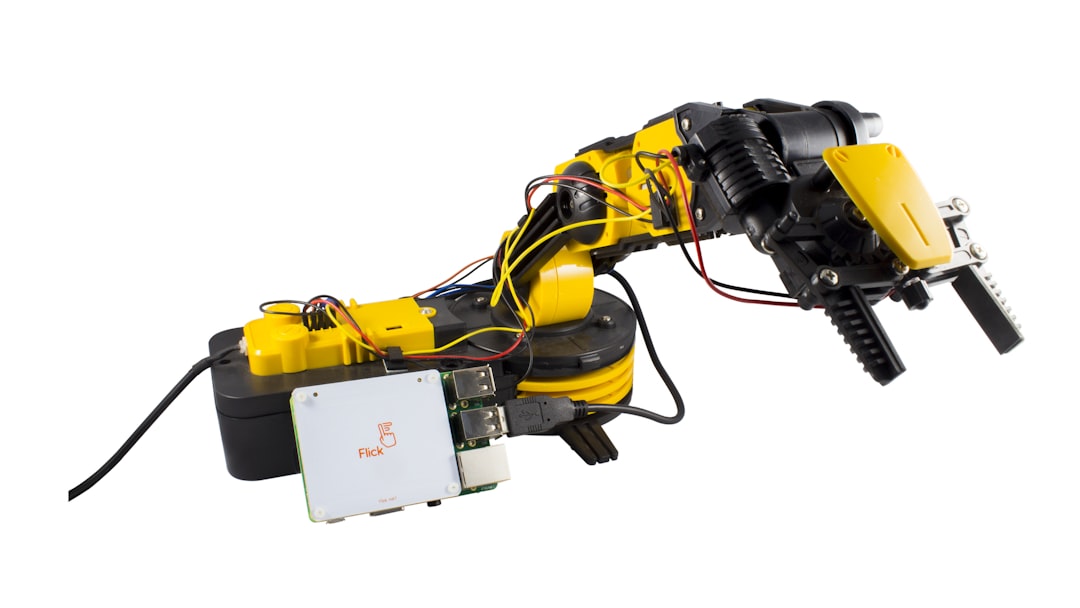In the rapidly evolving landscape of global logistics, automation continues to push the boundaries of what’s possible in the supply chain. As businesses strive to meet increasing consumer demands, reduce costs, and improve accuracy, inventory management robots have emerged as game changers. These machines go beyond simple automation—they are smart, autonomous, and often powered by artificial intelligence, reshaping how warehouses function.
By 2025, several innovative inventory management robots are setting the gold standard in warehousing and logistics. Let’s explore six of the most transformative robotic systems currently revolutionizing supply chain operations.
1. Locus Robotics – LocusBot
The LocusBot from Locus Robotics has quickly become a staple in modern warehouses. Designed to work collaboratively with human workers, the LocusBot autonomously navigates warehouse aisles to assist in picking and moving inventory.
- Real-time data exchange with the warehouse management system (WMS).
- Multi-language support allows for global flexibility.
- Fleet scalability to adapt to small and large warehouse operations.
The LocusBot boosts operational efficiency by reducing worker fatigue and increasing pick rates, making it ideal for e-commerce and retail fulfillment centers.

2. Fetch Robotics – TagSurveyor
TagSurveyor, a solution from Fetch Robotics, specializes in autonomous inventory tracking using RFID. Unlike manual tracking methods prone to error and time consumption, TagSurveyor continuously scans RFID tags across facilities, ensuring accurate, up-to-the-minute inventory visibility.
- Autonomous aisle navigation without human supervision.
- RFID-based tracking with a 99% accuracy rate.
- Integrates seamlessly with major ERP and WMS platforms.
Its ability to conduct full-cycle inventory audits on a daily basis is a major advantage for industries such as pharmaceuticals and automotive, where high accuracy is critical.
3. GreyOrange – Ranger IL
The Ranger IL robot by GreyOrange represents the next generation of goods-to-person robotic systems. Focused on optimizing storage and retrieval operations, Ranger IL is equipped with AI to identify the most efficient picking paths based on order patterns.
- Machine learning algorithms optimize real-time inventory movement.
- Built-in dynamic slotting to reassign inventory storage based on demand forecasts.
- Energy-efficient charging systems to support 24/7 operations.
By dynamically adjusting to changes in demand, the Ranger IL helps warehouses enhance accuracy and speed of order fulfillment, even during seasonal peaks.
4. 6 River Systems – Chuck
Designed with user-friendliness at its core, Chuck from 6 River Systems is a mobile robot that assists warehouse staff by guiding them to pick locations and transporting selected goods.
- Onboard AI to adapt to worker behavior and suggest optimized routes.
- Multi-order picking capabilities that reduce downtime.
- Built-in touchscreen interface for live updates and instructions.
Chuck’s integration with warehouse systems ensures orders are picked quickly and correctly. Its collaborative co-working model supports labor retention and reduces worker movement by up to 50%.

5. Verity – Drones for Inventory Scanning
Verity’s fully autonomous drones are redefining inventory accuracy practices. These drones fly through warehouse aisles after-hours, scanning inventory from above and creating a digital twin of the warehouse in real-time.
- High-definition cameras and sensors enable pinpoint accuracy.
- Autonomous flight paths mapped around inventory racks.
- Real-time synchronization with central inventory databases.
Verity’s drone technology has found particular success in industries with complex SKU arrangements, such as electronics and hardware distribution.
6. Gideon Brothers – GB500 Autonomous Forklift
Traditional forklifts are being phased out in favor of more intelligent machines like Gideon Brothers’ GB500 autonomous forklift. Using 3D vision instead of LiDAR, the GB500 can navigate safely through dynamic environments with human workers present.
- 3D spatial AI navigation ensures collision-free operations.
- Lift and transport up to 500 kg with precision control.
- Real-time route optimization aided by cloud connectivity.
By automating transport tasks, the GB500 significantly reduces workplace injuries while boosting warehouse throughput. It’s especially suited for large-scale fulfillment centers and manufacturing plants.

The Impact of Robotics in Inventory Management
The innovations outlined above are not merely technological upgrades—they represent a shift in operational mindset. Smart robots enhance productivity by:
- Reducing human error through accurate data collection.
- Working collaboratively with humans to boost morale and retention.
- Scaling operations without the need for additional warehouse space.
- Creating real-time, actionable insights for supply chain decision-makers.
As we approach 2025, inventory management will increasingly rely on the synergy between intelligent robotics and human oversight, setting new benchmarks for speed, accuracy, and efficiency in the global supply chain.
Frequently Asked Questions (FAQ)
-
Q: Are inventory robots replacing human workers?
A: Not entirely. Most inventory robots are designed to work alongside human employees, improving efficiency and reducing physical strain, not replacing people altogether. -
Q: How expensive is it to implement inventory robots?
A: Costs vary based on the robot type and warehouse size, but many manufacturers offer scalable solutions with subscription-based pricing to minimize upfront investment. -
Q: What industries benefit the most from inventory robots?
A: E-commerce, retail, pharmaceuticals, automotive, and manufacturing see the greatest return due to high inventory turnover and the need for precision. -
Q: Are these robots compatible with existing warehouse systems?
A: Yes, most modern robots integrate with popular Warehouse Management Systems (WMS) and Enterprise Resource Planning (ERP) platforms. -
Q: How safe are these robots around human workers?
A: Safety is a top priority. These robots are equipped with sensors, cameras, and AI to detect obstacles and prevent collisions.
From floor-level automation to airborne intelligence, inventory management robots in 2025 are transforming how warehouses operate. As businesses embrace these innovations, the future of supply chain logistics has never looked more intelligent—or promising.
